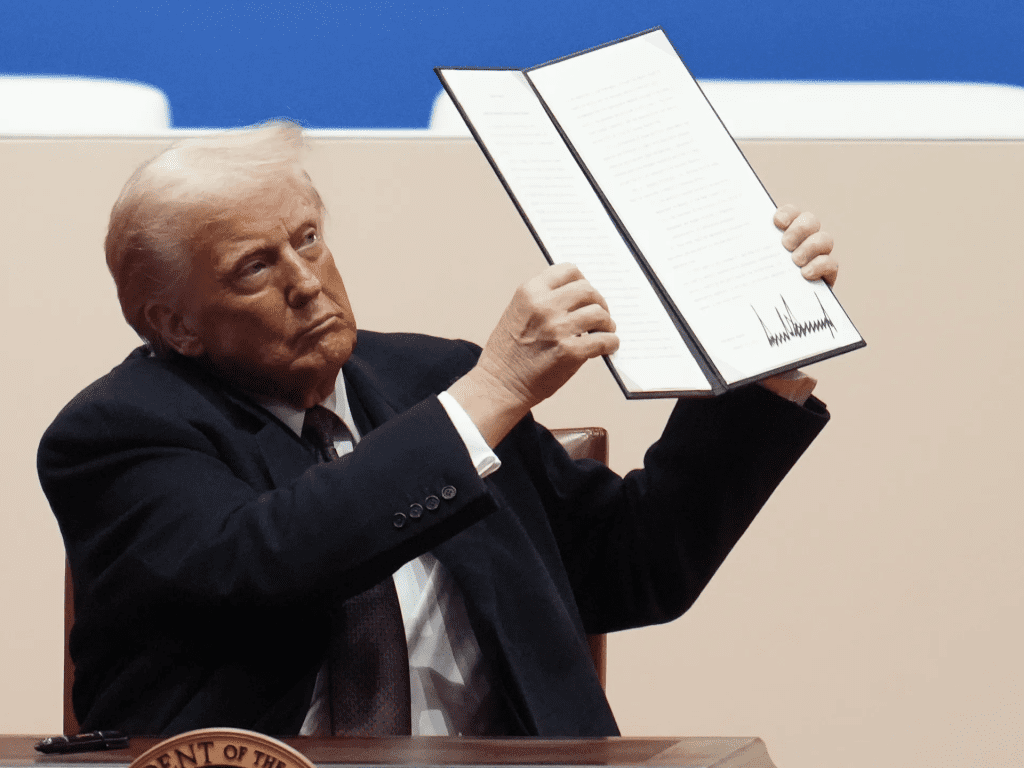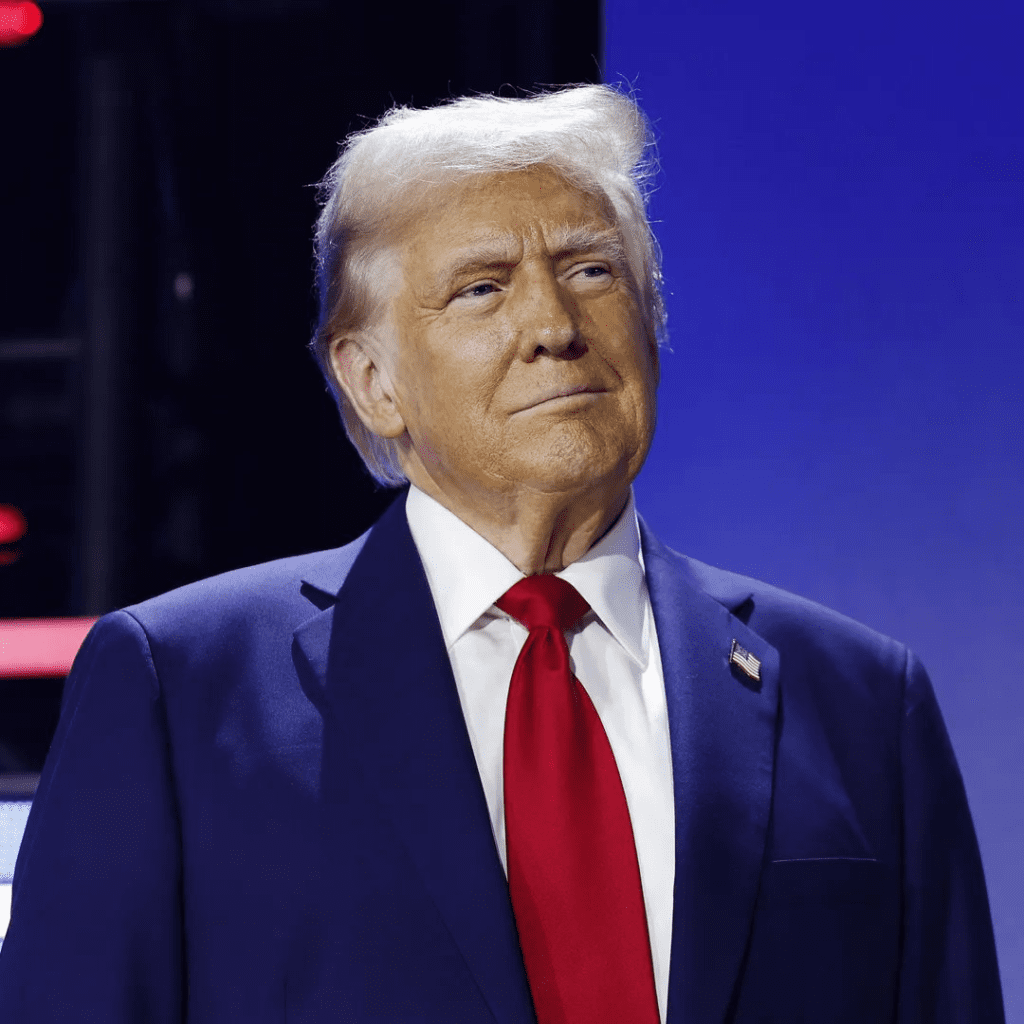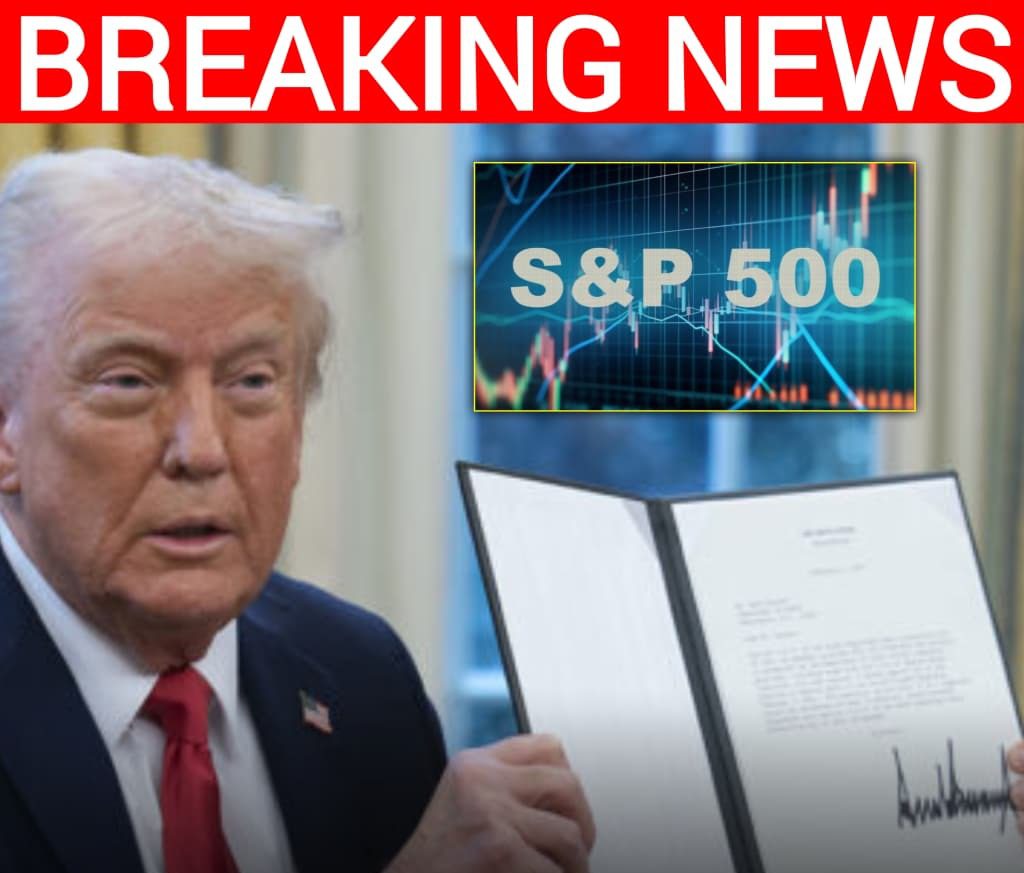For the First Time Since 2017, White Males Become Majority of New S&P 500 Directors as DEI Programs Fade Under Trump
Sometimes the numbers tell a story bigger than the headlines. For the first time since 2017, white males now make up the majority of new directors at S&P 500 companies. This surprising shift comes at a time when the media has been sounding alarms about the rollback of diversity, equity, and inclusion programs across America’s institutions. The timing is not a coincidence. President Trump’s January 2025 executive order dismantling federal DEI programs, which overturned Joe Biden’s 2021 Executive Order 13985, has already sent ripple effects into boardrooms across the country.

What makes this moment striking is that the shift was confirmed not through speculation, but through hard data. Spencer Stuart’s 2024 S&P 500 New Director Snapshot showed that women had reached 30% of board representation, a historic high that was celebrated as proof of progress by DEI advocates. Yet just a year later, the numbers are telling a different story. For the first time in nearly a decade, white males reclaimed the majority of new seats, signaling a dramatic change in direction. To those who supported Trump’s push for merit-based hiring and governance, it feels like a course correction. To critics, it looks like a reversal of years of hard work and social pressure that had reshaped corporate culture since the George Floyd protests in 2020.

The historical context makes this even more dramatic. After the protests in 2020, companies rushed to embrace diversity pledges. Bloomberg reported that the top 100 companies in the S&P added over 300,000 jobs in that period, with 23% of those roles going to Black workers. Boards also accelerated the addition of women and minority directors. Corporate America seemed to be moving in a single direction. But the backlash against DEI programs has been building for years, fueled by economic pressures, political polarization, and growing debates about whether quotas and mandates were helping or hurting companies in the long run.
Trump’s executive order in January 2025 didn’t just end federal funding for DEI initiatives. It also symbolized a broader cultural moment where companies no longer felt the same political or financial pressure to prove themselves through diversity quotas. Instead, the message has been redirected toward performance, shareholder value, and individual qualifications. The results are now showing up in the S&P 500 numbers.

The media reaction has been intense. Reports warn that the progress of the last several years could be undone, with women and minorities potentially losing influence in boardrooms. Yet supporters of the shift argue that board representation should reflect talent and expertise, not political trends. They see the current numbers as proof that corporations are stepping away from performative politics and back toward traditional standards of leadership selection.
This doesn’t mean DEI is gone completely. Many companies still run programs designed to bring in diverse voices, and some industries remain heavily committed to representation goals. But the fact that white males once again make up the majority of new directors at America’s biggest companies is a milestone worth noting. It signals not just a change in hiring, but a change in the cultural winds around corporate governance.

There’s still much to watch in the coming years. Will this trend continue, or is it simply a blip caused by short-term political shifts? Will shareholders and employees push back if they feel representation is slipping, or will they embrace the idea of merit-driven boards regardless of demographics? What’s clear is that under Trump’s administration, the conversation around diversity and merit has fundamentally changed.
For some, the return of white males as the majority of new S&P 500 directors is a wake-up call. For others, it is a long-awaited sign that the country is returning to balance in how it evaluates leadership. Either way, it is a moment that defines the current political and cultural climate in America, and it shows how much influence Washington policies can have, even in the highest levels of corporate power.


